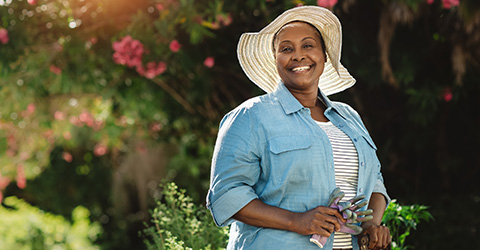
Your Complete Ostomy Learning Center
Whether you are about to have surgery, have had your stoma for years, or want to learn how to keep your skin healthy, we are here to help with information and education so you can live your best life with an ostomy.
Learn more about topics related to ostomy care

Understanding an Ostomy
What is ostomy surgery like? What is the difference between an ileostomy and a colostomy? Find answers to these questions and so much more.
Learn more
Maintaining Healthy Skin
Some people think skin irritation around their stoma is normal. Keeping your peristomal skin healthy can help you have a better ostomy experience.
Learn more
Living With an Ostomy
Can you still play sports? What about relationships? Your body has changed but not everything has to change. Learn how to live your best life with your ostomy.
Learn more
Using Ostomy Products
Whether you've found the right ostomy products or you're searching for new ones, it's good to know about all the types of products available.
Learn moreAll Ostomy Care Resources
View articles and videos related to all ostomy care topics.
Personalized Support for You
Join Hollister Secure Start services for FREE dedicated ostomy support for as long as you need, regardless of the brand of products you use.

Have Questions?
We've compiled a great list of frequently asked questions along with a glossary to get you started.

 Call Us
Call Us  Email Us
Email Us  Join Us!
Join Us!  Sign Up
Sign Up 